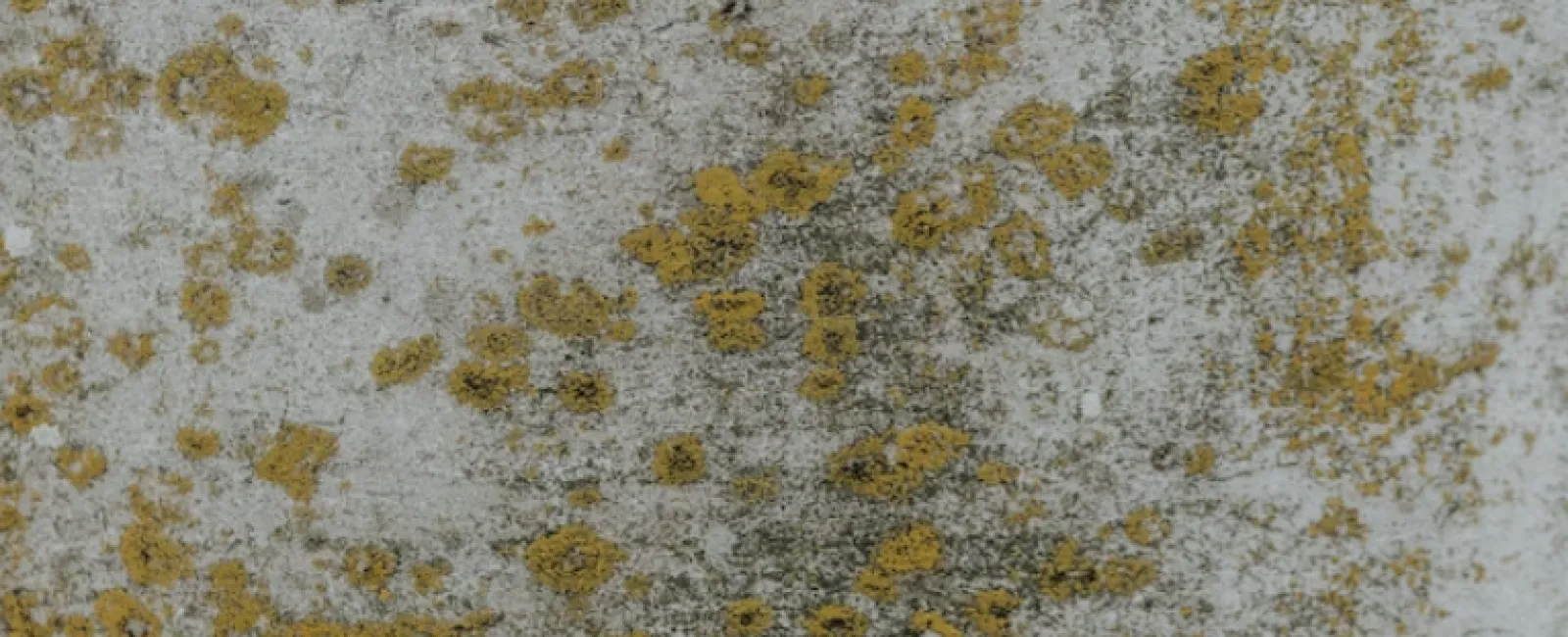Can Mold Grow on Concrete? Understanding the Potential Risks
Concrete is often perceived as a solid and durable material, commonly used in construction projects. However, when it comes to mold growth, no surface is entirely immune. Mold can thrive in various environments, and concrete is no exception. In this blog post, we will explore the conditions that can lead to mold growth on concrete, the potential risks associated with it, and effective preventive measures to keep your concrete surfaces mold-free. By understanding the factors that contribute to mold growth on concrete, you can take proactive steps to maintain a healthy and clean environment.
The Conditions for Mold Growth
Mold requires specific conditions to grow and thrive. While concrete is not an ideal surface for mold due to its low organic content, certain factors can contribute to mold growth:
- Moisture: Moisture is a primary catalyst for mold growth. If concrete surfaces remain consistently damp or come into contact with water, it creates an environment conducive to mold colonization. This can occur due to water leaks, high humidity, inadequate drainage, or improper sealing of the concrete.
- Organic Material: Although concrete itself is not a significant food source for mold, it can harbor organic substances such as dirt, dust, or debris. If these organic materials accumulate on the concrete surface, they can serve as a nutrient base for mold to grow upon.
- Poor Ventilation: In areas with limited airflow and inadequate ventilation, moisture can accumulate, leading to increased humidity levels. Lack of ventilation can create a stagnant environment that promotes mold growth on concrete surfaces.
The Risks of Mold Growth on Concrete
Mold growth on concrete surfaces poses several risks, including:
- Structural Damage: Mold can penetrate porous surfaces like concrete, causing degradation and weakening of the material over time. This can lead to structural issues if left unaddressed, potentially compromising the integrity of the concrete.
- Health Concerns: Mold releases airborne spores that can be inhaled, potentially triggering respiratory problems, allergies, or other health issues. Individuals with pre-existing respiratory conditions or weakened immune systems may be particularly vulnerable to the adverse effects of mold exposure.
Preventing Mold Growth on Concrete
While it may not be possible to completely eliminate the risk of mold growth on concrete, the following preventive measures can help minimize the chances:
- Proper Drainage and Moisture Control: Ensure that concrete surfaces have proper drainage systems in place to prevent water accumulation. Regularly inspect and repair any leaks or water seepage issues to minimize moisture exposure.
- Good Ventilation: Promote adequate airflow and ventilation in areas where concrete surfaces are present. Proper ventilation helps to reduce humidity levels and prevent the buildup of moisture.
- Regular Cleaning and Maintenance: Keep concrete surfaces clean by removing any dirt, debris, or organic materials that could serve as a food source for mold. Regularly inspect the surfaces for signs of mold growth and address any issues promptly.
- Effective Sealing: Apply a suitable concrete sealer to protect the surface from moisture penetration. Sealers create a barrier that inhibits mold growth and helps to maintain the integrity of the concrete.
- Control Indoor Humidity: Maintain proper indoor humidity levels to discourage mold growth. Using dehumidifiers in areas with higher humidity can help regulate moisture levels and reduce the risk of mold colonization.
While concrete is not a prime breeding ground for mold, it is not impervious to its growth. Moisture, inadequate ventilation, and organic materials can create an environment that encourages mold colonization on concrete surfaces. By implementing preventive measures such as proper drainage, good ventilation, regular cleaning, effective sealing, and controlling indoor humidity, you can significantly reduce the risk of mold growth on your concrete surfaces.

